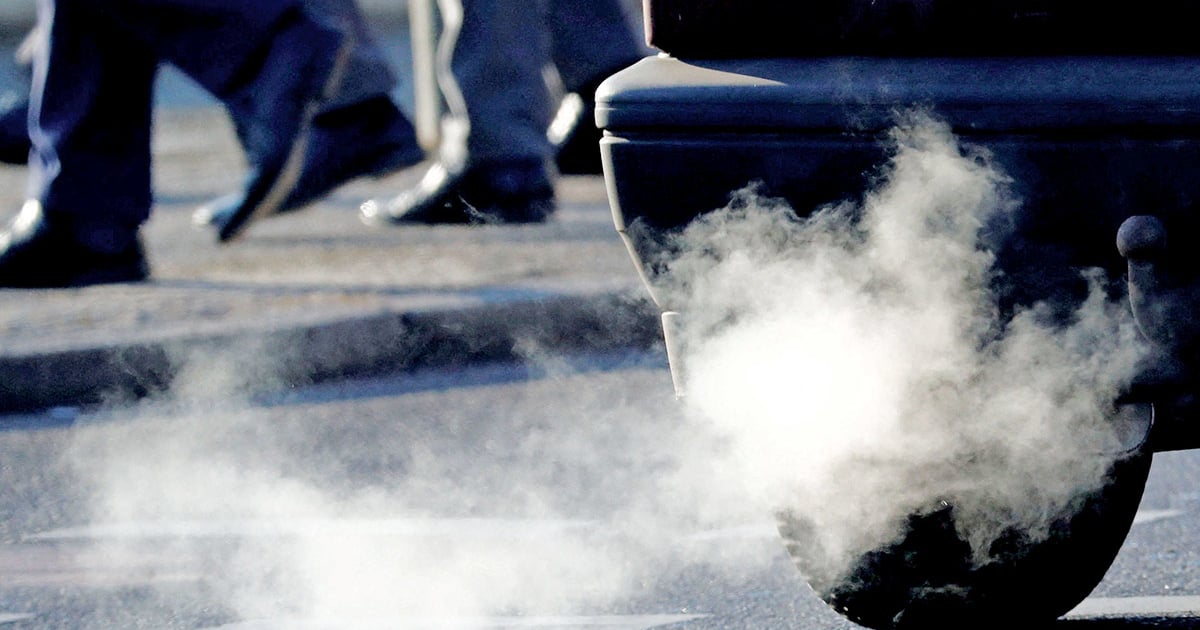
New tailpipe emission regulations proposed by the EPA could serve to speed up electric vehicle adoption in the U.S., with the agency expecting EVs to make up 67 percent of all new light-duty vehicle sales by 2032 under the rules.
But to meet those targets, automakers will need their suppliers to quickly ramp up their own EV parts programs. Considering the financial stress many suppliers find themselves under after years of materials shortages and inflationary pressure, that could prove to be easier said than done, said Dan Rustmann, co-chair of Detroit law firm Butzel Long’s global automotive group.
“The OEMs try to pass down costs and pressure as much as they can through the supply chain,” Rustmann said. “But the supply chain is already heavily burdened because of inflation and the lingering effects of the pandemic and shortages.”
Last week, the EPA released the strictest limits on tailpipe emissions in its history, a move that figures to spur more EV sales and cut down on pollutants and greenhouse gas emissions in the transportation sector, the country’s biggest driver of greenhouse gas emissions.
The EPA said its proposed light-duty standards for the 2032 model year could lead to a 56 percent cut in projected fleetwide average greenhouse gas emissions target levels, compared with 2026 model year standards.
That will be a significant leap forward, involving new R&D programs and component enhancements.
Suppliers are still sorting through the proposed rules and the impact they will have on their operations and development programs, said Ann Wilson, senior vice president of government affairs at the Motor & Equipment Manufacturers Association, which represents more than 1,000 U.S. suppliers of original equipment and aftermarket parts.
“We’ll need time to roll up our sleeves with our members and look at the specifics of the proposal,” she told Automotive News. “We have long supported the transition to zero-emission vehicles, but this is a momentous shift for the industry and this country.”
The Motor & Equipment Manufacturers Association will push for any new standards to be performance-based and allow for the adoption of multiple technologies including hydrogen-powered systems, not just battery-electric systems, she said.
“In the past, EPA has always been very willing to listen to that, and they’re well aware of the role that these varying technologies play,” Wilson said. “But we’re going to lean heavily on our members to understand the practicalities of this proposal.”
As electrification targets accelerate, auto supply chains are sure to look much different than they have in the past. Many suppliers have already spent significant resources to develop new products for the dozens of new EV models automakers plan to roll out in the coming years.
But so far, suppliers have moved at a different pace, with some choosing not to prioritize large investments because of the financial pressure and thinning profits they’ve been coping with in recent years. Wilson said that federal incentives should be geared toward helping as many suppliers as possible catch up to the new demands.
“Our members have invested and have worked with their customers on this, and we have supported this transition,” she said. “The real issue is the practicality of the transition time, the investment and training, and how we can get there so that in the end we can have a program and a manufacturing process that makes sense for the whole country.”
Audrey LaForest contributed to this report.